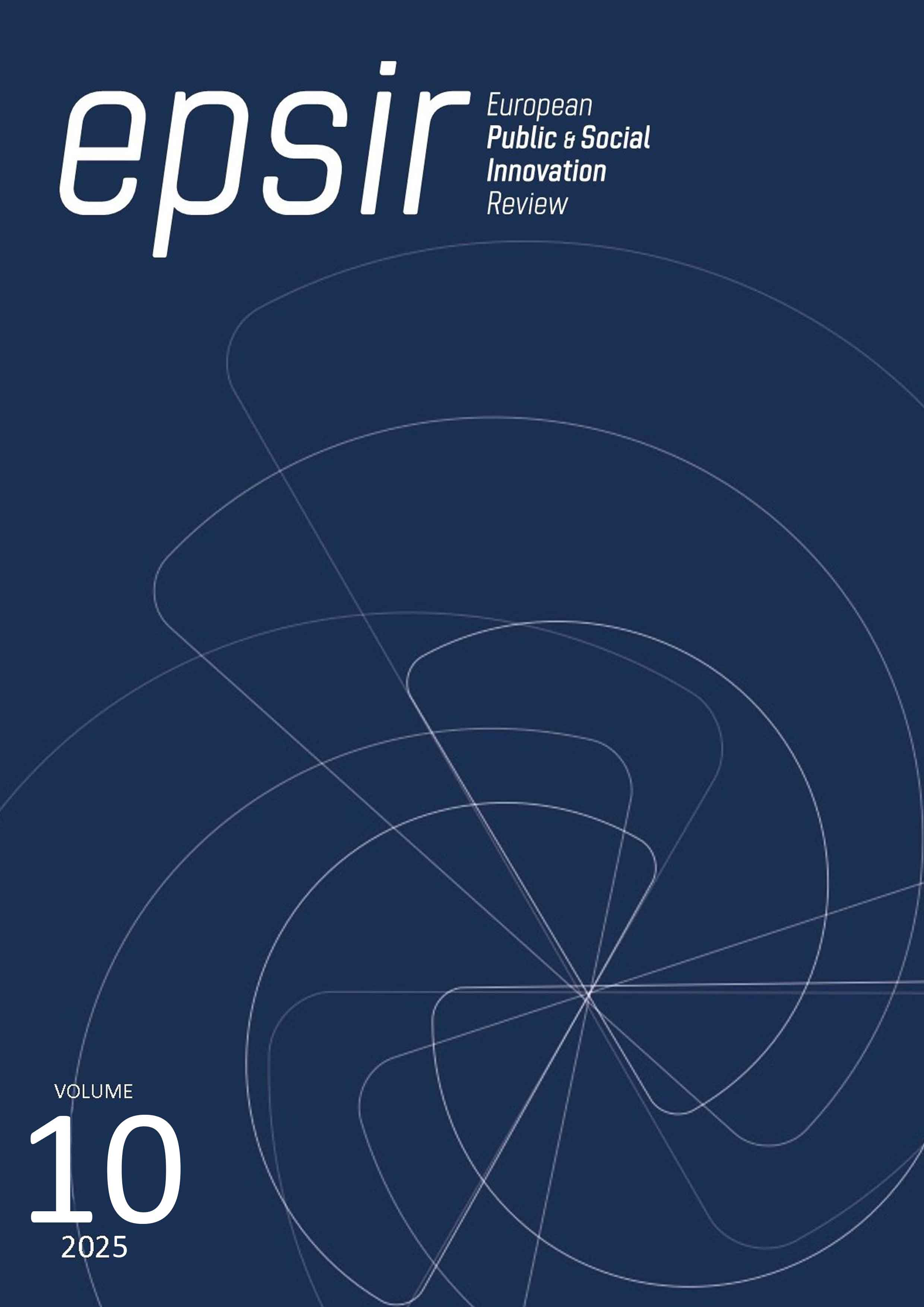The Death of Mr. Lazarescu: between religious iconography, possible plausibility and corporeality
DOI:
https://doi.org/10.31637/epsir-2025-1458Keywords:
body, realist, Romanian film, religious iconography, film analysis, realism, illness, discriminationAbstract
Introduction: The plot of La muerte del señor Lazarescu unfolds during a night in which the protagonist – an elderly man with alcohol-related health problems – decides to call the hospital emergency services. His journey to hospital becomes a really terrible ordeal from pillar to post in which the fall of Romania is brought to light, as the country shifts towards a democratic system, and widespread corruption becomes the verdict of a society that has not managed to leave behind its bad habits from the past. Methodology: We apply the semiotic perspective to textual analysis methodology. In addition, we will define the aforementioned analysis in realist film theory. Results: In the film analysis, we focus on the beginning of the film where importance is given to the matter of the body and the peculiarity of the main character, as well as the times when references to religious iconography are highlighted, such as those at the end of the film. Discussions: The film implies an in-depth analysis of Romanian post-communist society from a realist perspective.
Downloads
References
Arthur, P. (2006). Habeas Corpus. A Meditation on The Death of Mr. Lazarescu and Corporeal Cinema. Film Comment, 42(3), 44-49. https://www.filmcomment.com/issue/may-june-2006/
Aumont, J., Bergala, A., Marie, M. y Bernet, M. (2012). Estética del cine. Espacio fílmico, montaje, narración, lenguaje. Paidós.
Ayuso Ros, F. M. (2016). La muerte del Sr. Lazarescu (Cristi Puiu, 2005): de la herencia neorrealista al teatro del absurdo. En C. del Valle Rojas y Salgado Santamaría (Eds.), Nuevas formas de expresión en comunicación (pp. 103-119). McGraw-Hill.
Ayuso Ros, F. M. (2021). En torno al “cine nacional”. El caso de la “nueva ola del cine rumano”. EU-topías: revista de interculturalidad, comunicación y estudios europeos, 21, 65-84. https://ojs.uv.es/index.php/eutopias/article/view/21264 DOI: https://doi.org/10.7203/eutopias.21.21264
Bordwell, D., Staiger, J. y Thompson, K. (1997). El cine clásico de Hollywood. Estilo cinematográfico y modo de representación hasta 1960. Paidós.
Burch, N. (2008). El tragaluz del infinito. Cátedra.
Carmona, R. (2010). Cómo se comenta un texto fílmico. Cátedra.
Casetti, F. y Di Chio, F. (1994). Cómo analizar un film. Paidós.
Font, D. (2012). Cuerpo a cuerpo. Radiografías del cine contemporáneo. Galaxia Gutenberg.
Judt, T. (2013). Postguerra. Una historia de Europa desde 1945. Taurus.
Judt, T. (noviembre de 2001). Romania: Bottom of the Heap. The New York Review. https://Bit.ly/3XMMUed
Kaplan, R. D. (2017). A la sombra de Europa. Rumanía y el futuro del continente. El hombre del Tres.
Király, R. D. (2016). Looking West: Understanding Socio-Political Allegories and Art References in Contemporary Romanian Cinema. Acta Univ. Sapientiae, Film and Media Studies, 12, 67-86. https://doi.org/10.1515/ausfm-2016-0004 DOI: https://doi.org/10.1515/ausfm-2016-0004
Metz, C. (2002). Ensayos sobre la significación en el cine (1964-1968). Volumen I. Paidós.
Nasta, D. (2013). Contemporary Romanian Cinema. The History of an Unexpected Miracle. Wallflower Press. DOI: https://doi.org/10.7312/columbia/9780231167451.001.0001
Pop, D. (2014). Romanian New Wave Cinema: An Introduction. McFarland & Company.
Downloads
Published
How to Cite
Issue
Section
License
Copyright (c) 2025 Francisco Miguel Ayuso Ros

This work is licensed under a Creative Commons Attribution-NonCommercial-NoDerivatives 4.0 International License.
Authors who publish with this journal agree to the following terms:- Authors retain copyright and grant the journal right of first publication with the work simultaneously licensed under Creative Commons Non Commercial, No Derivatives Attribution 4.0. International (CC BY-NC-ND 4.0.), that allows others to share the work with an acknowledgement of the work's authorship and initial publication in this journal.
- Authors are able to enter into separate, additional contractual arrangements for the non-exclusive distribution of the journal's published version of the work (e.g., post it to an institutional repository or publish it in a book), with an acknowledgement of its initial publication in this journal.
- Authors are permitted and encouraged to post their work online (e.g., in institutional repositories or on their website) prior to and during the submission process, as it can lead to productive exchanges, as well as earlier and greater citation of published work (See The Effect of Open Access).




